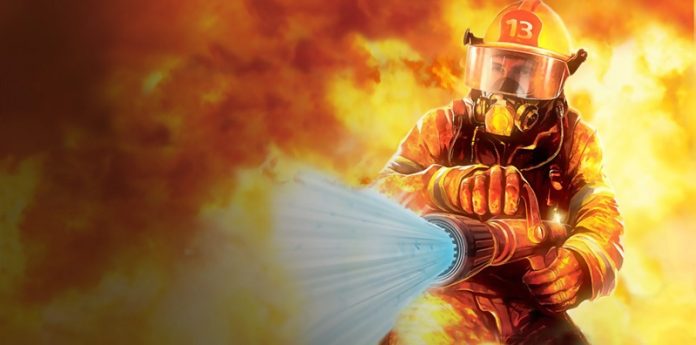- Of late, the number of fire-fighting accidents occurring in the country is not only alarming but also raises concerns about our existing capabilities to handle the matter without allowing priceless lives and properties to turn into ash. No sooner do fire accidents lead to deaths, the respective state governments initiate disciplinary action against medical staff, which might take years to result in a conviction, and wait till yet another accident occurs to rise from the slumber. No denying that justice must be served but it is also important to ask if there are larger failures across the country leading to avoidable fatalities.

PC: Jagruthi Maddela
- The consistency with which these fatal accidents recur is devastating and the authorities must find an effective way to stymie sooner than later. Looking at the statistics will reveal how inadequate our fire-fighting infrastructure is in the country as we are witnessing an unprecedented growth trajectory in line with the increasingly aspirational society. In 2019, India recorded 10,915 deaths due to fire accidents. Knowing fully well how lax our understanding is in strictly adhering to fire safety standards, it is very likely many of those deaths could have been avoided.
- Quite shockingly, most fire-related fatalities happen in residential buildings i.e., 58% of the fatalities in 2019. In contrast, around 2% of fatalities were in factories. Needless to mention, the focus has to be on residential buildings to cut down both accidents and related fatalities. As you are aware, the National Building Code (NBC) sets out elaborate guidelines on the subject, including those for fire safety. The way rules and regulations are flouted in the country, the guidelines are more honored in the breach than in diligently observing the same. For instance, NBC requires all buildings over 15 meters to carry out a fire safety audit one in two years by an independent entity. We all know how such adherence is patchily observed.

PC: Vmsconsultants
- Further, fire safety personnel point out that many accidents arise from electrical short-circuits because of substandard wires and circuit breakers. On the ground, experience points to criminal neglect of minimum standards that invariably leads to such accidents. Since the fire safety operation in urban milieu often falls under municipalities, a tier of governance that is found to be particularly weak, adequate firefighting operations are most often starved of resources. As per the data submitted by the Government of India in Parliament, India fell way short of its requirements on three key parameters: fire stations, manpower, and vehicles with relevant appliances.
- Worryingly, India had only 39% of the 8,559 fire stations. The relative gap was far higher in the other two areas. There were barely 10 people for every 100 needed and about 2 vehicles for 100 assessed as the requirement. Therefore, it is imperative the authorities seriously consider the matter without any further delay and make every effort at provisioning better safety standards to avoid fatalities resulting from fire mishaps. Finally, the country’s urbanization should be equally complemented by satisfactory civic amenities, including fire safety aspects.






